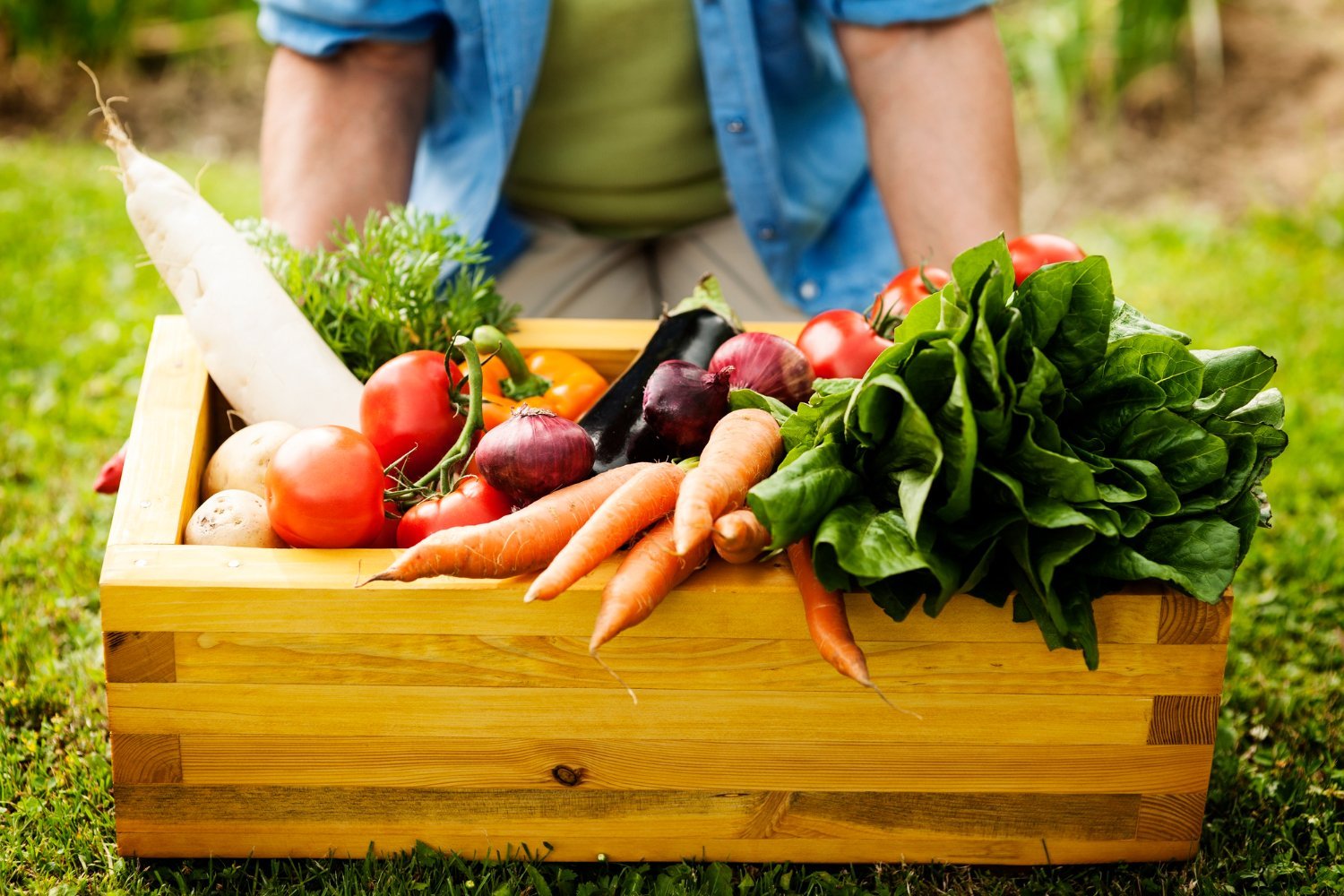
7 steps to creating a vegetable garden in a small space
Creating a vegetable garden in a small space is a satisfying and rewarding activity that can bring many benefits. In addition to allowing you to grow your own fresh vegetables, this activity can also improve your mental and physical health by connecting you to nature and allowing you to engage in regular physical activity. In this article, we will give you practical tips for creating your own vegetable garden even if you have a small space.
Choose the right location for the vegetable garden
To create a vegetable garden in a small space, the first step is to choose the right place for the garden. Ideally, it should be located in a sunny, well-drained location. Vegetables need at least six hours of sunlight per day for optimal growth, so it is important to choose a location that gets enough sunlight. In addition, it is important to ensure that the site has good drainage to avoid problems with water and moisture build-up.
Determine the type of vegetable garden suitable for the available space
To create a vegetable garden in a small space, it is important to decide which type of vegetable garden is best suited to the space available. If you have a small balcony or terrace, a garden in pots or planters can be a practical and aesthetic option. For a small back garden or patio, an elevated garden can be a great option. If you have a small, sunny area in your yard or a shady area, a square garden can be a good choice. It’s important to consider space size and layout, as well as growing conditions, such as sunlight, shade, aeration, and water availability, when deciding what type of garden is best suited to a vegetable garden for your small space.
Choose vegetables and plants to grow in your mini vegetable garden
To create a vegetable garden in a small space, it is important to choose vegetables and plants that grow well in small spaces. Root vegetables such as carrots, radishes, and potatoes are ideal for small gardens, as are leafy greens such as spinach, lettuce, and kale. Aromatic herbs such as basil, cilantro, and parsley are also great options for adding flavor to your dishes and can be grown in pots. It is important to choose plants that are suitable for the light and soil conditions of your small gardening space.
Plan your vegetable garden layout to maximize space
To increase the space in a small vegetable garden, it is necessary to carefully plan the placement of plants. It is important to consider the plants’ size and growth as well as their need for sunlight and water. Plants that need a lot of sun should be placed in the sunniest areas, while plants that need less sun can be placed in shadier areas. To save space, plants can be grown high using trellises, vertical supports, or by using hanging planters. It is also important to plan access to the vegetable garden to make it easier to maintain and harvest the plants.
Choose appropriate containers and supports for a small vegetable garden
In a small vegetable garden, containers and supports are key to maximizing the space available. Gardeners can choose tubs, pots, planters, growing bags, racks and trellis to grow their vegetables and plants. It is important to choose containers that fit the size and needs of each plant, as well as the amount of space available. Vertical supports such as trellises and shelving can help save floor space and maximize vegetable production. It is also possible to recycle things like crates, plastic bottles, and wooden pallets to create unique and economical containers and stands.
Land preparation and cultivation of vegetables and plants
To create a vegetable garden in a small space, it is important to prepare the land well and grow vegetables and plants properly. Start by removing weeds and debris from the soil, then add compost or compost to improve the quality of the soil. Then, grow your vegetables and plants by following the directions on the seed packages or seek professional advice. Consider arranging plants and using extensive gardening techniques to maximize available space. It is also important to water the plants well and maintain them regularly to get a bountiful and healthy crop.
Maintaining and watering a vegetable garden in a small space
To maintain a vegetable garden in a small space, it is important to keep it clean and well watered. Weeds tend to grow faster since the plants are closer together in a small garden. It is therefore important to remove weeds regularly to prevent weeds from taking over the vegetables. Watering is also crucial for plant growth in a small space. It is advisable to water the vegetable garden regularly to prevent the plants from drying out. It is also important to monitor the soil moisture to avoid over or under watering the plants.
Advantages of a small vegetable garden
Once you follow the steps to create a vegetable garden in a small space, you will be able to enjoy the many benefits of growing vegetables and plants at home. Not only will this allow you to eat fresh, healthy food, but it can also help reduce your carbon footprint by reducing your reliance on food items transported over long distances. Also, growing a vegetable garden can be a fun and relaxing activity that helps connect with nature and reduce stress. With a little planning and creativity, you can easily create a mini vegetable garden in a limited space to take advantage of these benefits.

“Organizer. Social media geek. General communicator. Bacon scholar. Proud pop culture trailblazer.”
